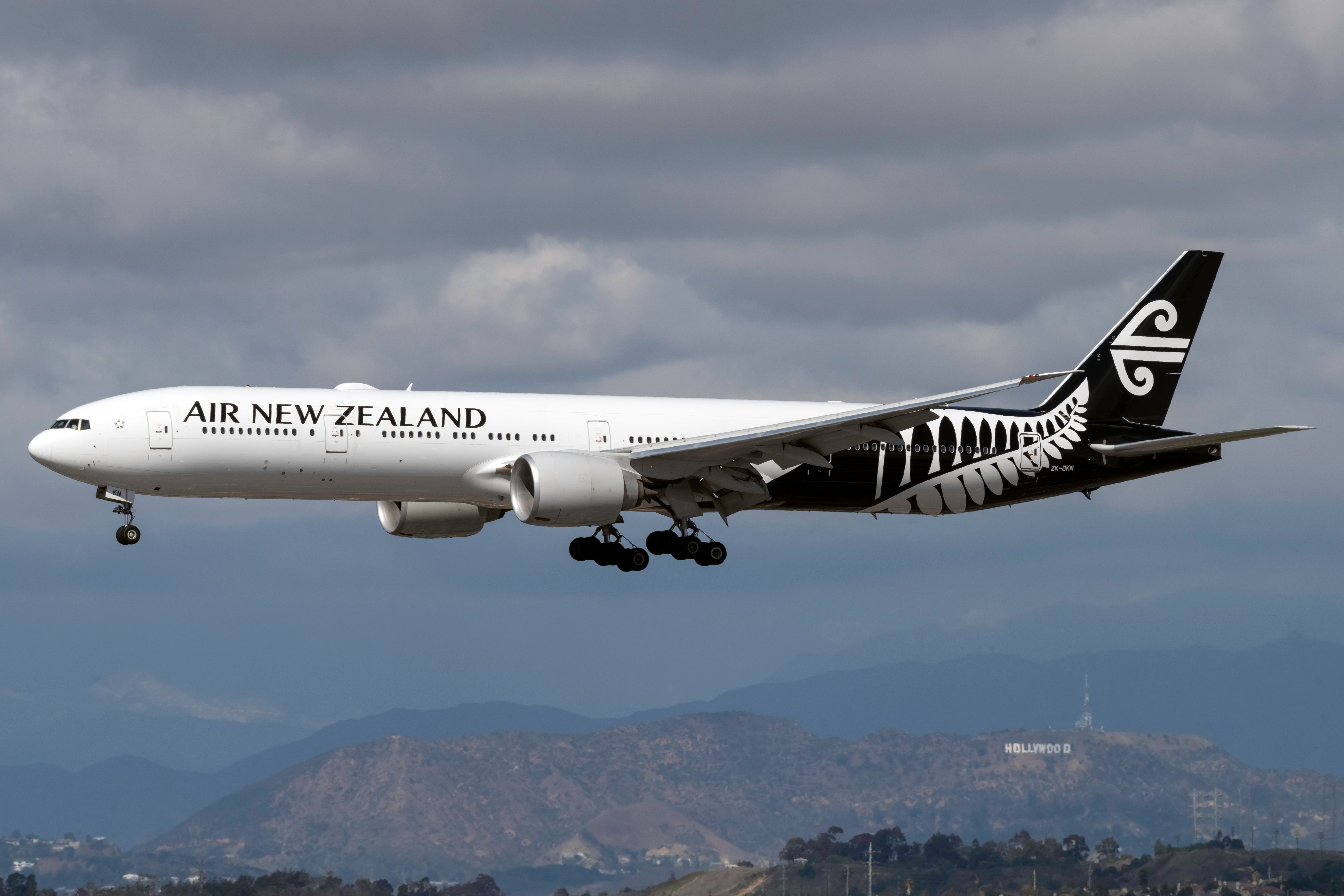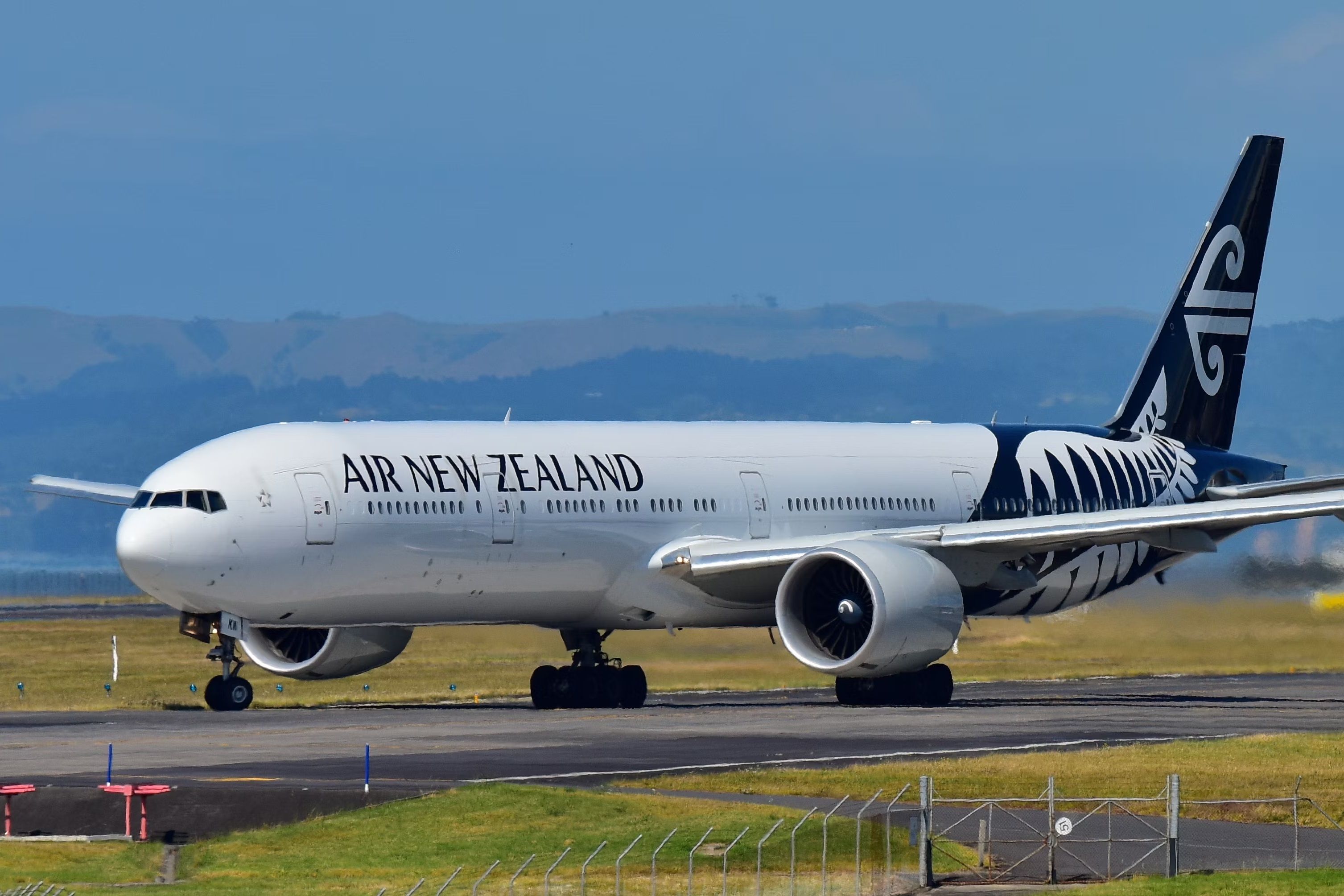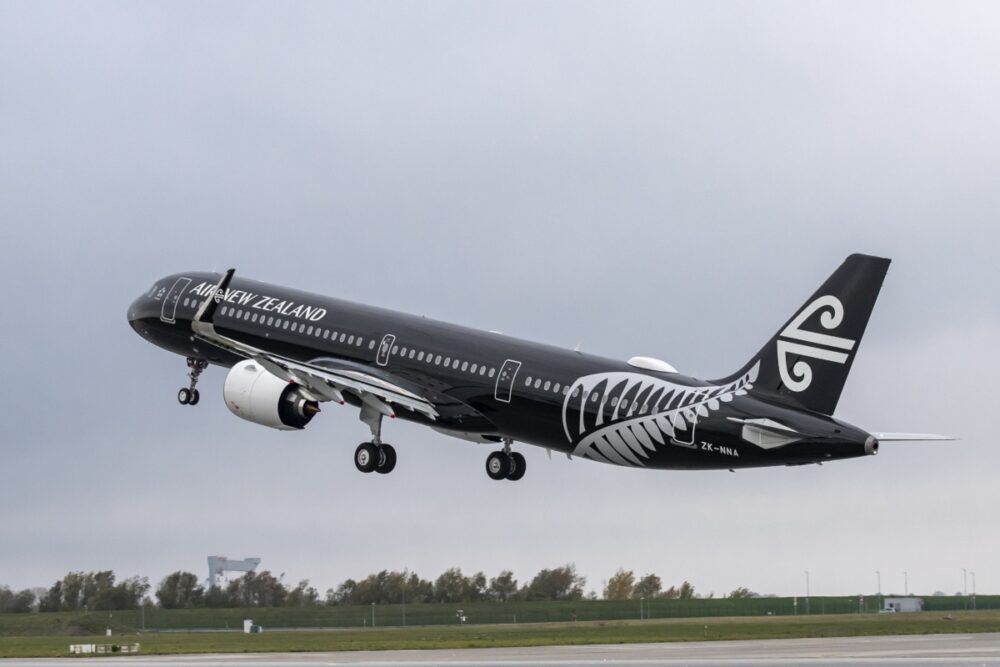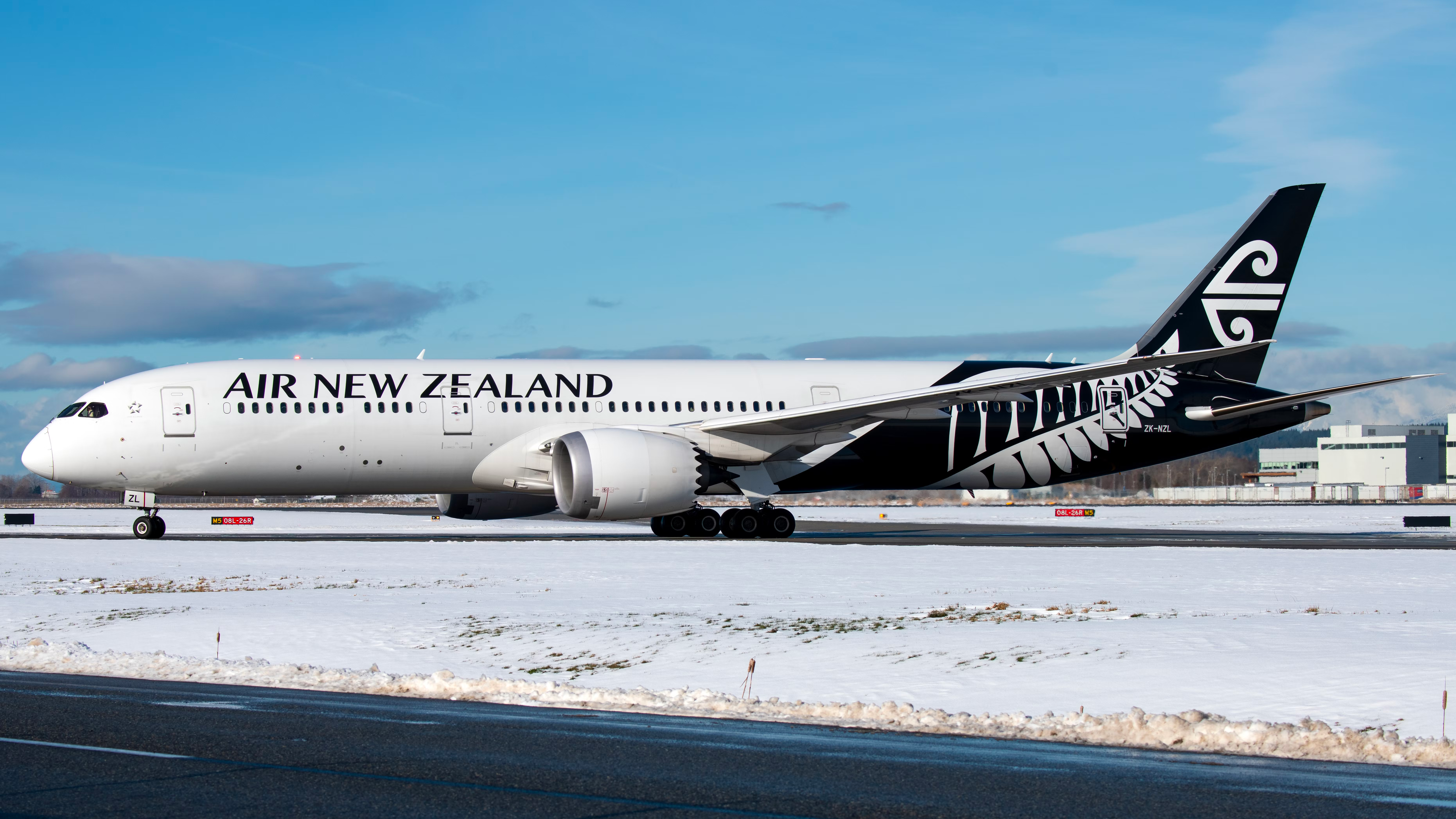
Summary
- Air New Zealand CEO warns of challenges in 2024 due to competition, supply chain issues, and engine problems.
- US airlines increase competition on New Zealand routes, leading to declining revenue per seat kilometer.
- Long-haul capacity growth impacts load factors, with domestic operations showing resilience in the face of challenges.
Last September, at a CAPA Conference in Brisbane, Air New Zealand CEO Greg Foran said that 2023 was as good as it gets for an airline and warned that competitive pressures, supply chain issues and the impact of engine reliability issues cast a shadow over 2024.
Running into turbulence
Air New Zealand presented its results for the first half of the 2024 financial year in February, and for the six months ending December 31, 2023 (1H 2024), it reported earnings before taxation of NZ$185 million compared to NZ$299 million ($114m – $185m) in the same period last year (1H 2023). For the same period, the full-service carrier reported a net profit of NZ$129 million in 1H 2024, compared to NZ$213 million ($80m – $132m) in 1H 2023.
Photo: Vincenzo Pace I Simple Flying
The airline also said that the January to June half will be much more challenging due to the ongoing impact of engine maintenance requirements, economic and inflation risks, and the early signs of softness in domestic demand. It also noted increasing competition on the trans-Pacific routes with US airlines back in full force and the competitive picture changing significantly over the last few months.
Hot competition on US routes
The key to the last issue is that traffic between the US and China is nowhere near what it was pre-pandemic, and the major US carriers have switched idle capacity to the North America – New Zealand route, where fares have dropped, and competition is fierce.
Photo: Jordan Tan | Shutterstock
In its February Investor Update, the airline said that long-haul RASK (unit passenger revenue per available seat kilometer) declined 16.7% year-on-year (YoY) in February, driven by both North American and Asian routes and that intense international competition features heavily in the current trading environment, adding:
“US competitors have not yet returned to China at scale, and for now have directed some of that additional capacity to the New Zealand market, putting pressure on yields.”
Perhaps it’s a blessing in disguise, but the route between Auckland Airport (AKL) and Chicago was suspended from March 31 to November 2024 due to a lack of serviceable Rolls-Royce Trent 1000 engines that power the carrier’s Boeing 787 Dreamliners.
Photo: Airbus
Air New Zealand is also impacted by the durability problems with the Pratt & Whitney GTF engines, which will see up to five of its newest and most efficient aircraft out of service at any one time across the next 18 months.
More long-haul capacity online
Returning to the February update, there was a change in the flying mix that saw long-haul capacity growth and load factors substantially higher relative to short-haul, with long-haul international available seat kilometers (ASKs) increased by 26.0%, short-haul international by 15.5% and domestic up by just 1.4% compared to last year.
Photo: Vincenzo Pace | Simple Flying
The YoY impact of that shift was that the Group ASKs rose by 21.2%, revenue passenger kilometers (RPKs) grew by 11.7%, and passengers carried rose by just 8.7%, pushing the reload factor down from 86.1% in February 2023 to 79.3% this year. It was more pronounced in the Long Haul segment where passengers rose by 11.8% and revenue passenger kilometers by 10.5%, but capacity jumped by 26%, shattering the load factor from 85.0% last year to 74.5% in 2024.
The domestic operation increased its load factor from 83.6% to 88.5% and was the only segment that did not suffer a load factor decline. Overall, Air New Zealand carried 1.3 million passengers in February compared to 1.2 million in 2023, with all sectors except for the Americas/UK showing modest YoY growth. Between July and February, it carried 10.9 million, compared to 10.35 in the same period in FY2023.
Have you been on an Air New Zealand flight in 2024? Let us know in the comments.
Discover more from reviewer4you.com
Subscribe to get the latest posts to your email.









